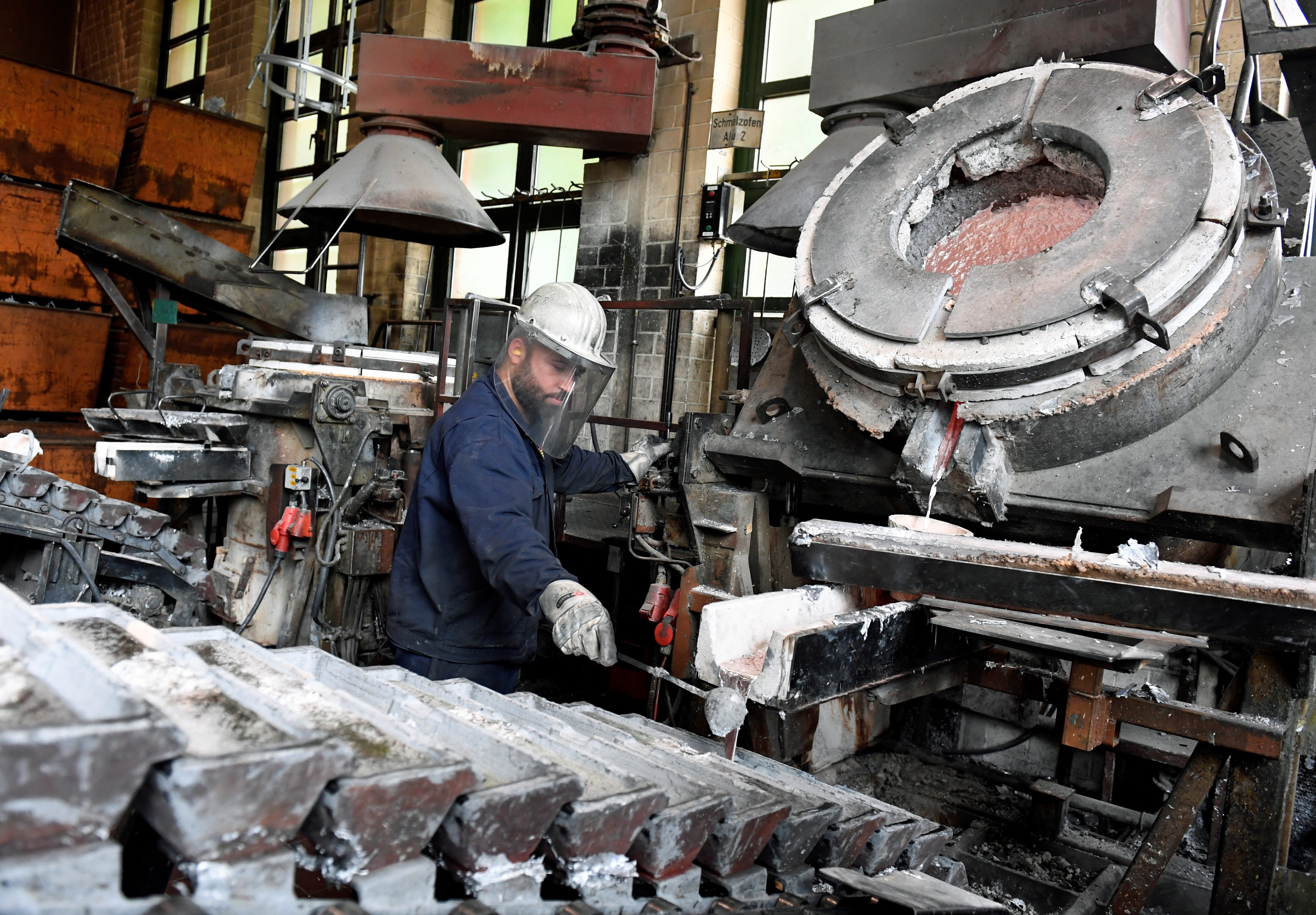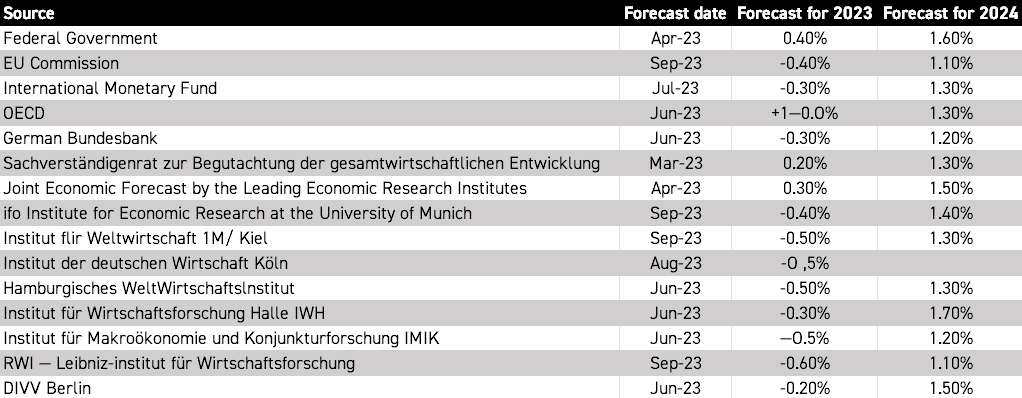

The industrial engine of Europe, Germany, is degenerating into a drag. The fourth-largest economy in the world is Germany, after the United States, China and Japan, and it is the largest economy in Europe. The country is the third largest export nation globally with 70 per cent, while the service sector contributes the most significant part to the country’s GDP.

The largest economy in the European Union, which has long been a source of growth, is projected to contract this year. The major economic think tanks in the nation predict that output will decline by 0.6 per cent in 2023 before slightly increasing to 1.3 per cent the following year. The direct reasons for the decline likewise impact the remainder of the EU. However, it is also shining a bright light on decades of underinvestment in the domestic economy, both public and private. However, the government must recognize the issue.
Although the researchers predicted that the German economy would drop in 2023, the GDP did not decline in the second quarter of 2023 compared to the first quarter - adjusted for price, seasonal, and calendar factors (0.0 per cent). Most economic research organisations anticipate a decline in the German economy in 2023.
Germany is grappling with the consequences of an outdated industrial business model that is no longer viable. Despite recent declines in energy prices, they continue to stand considerably higher when viewed through a long-term lens. Certain segments of energy-intensive manufacturing are now unprofitable and show little promise of returning to profitability.

Exporting commodities has lost its strength after serving as the economy's main engine for so long. According to the World Bank, exports comprise more than half of Germany's GDP, compared to just a third in France and 37 per cent in Italy. The market for German vehicles, washing machines, and other products has decreased abroad due to an unanticipated slowdown in China, a significant trading partner, and a sluggish European economy.
According to the most recent data on industrial production, there was a 1.8 per cent year-over-year decline in July, unfavourable than the EU average decline of 1.1 per cent and stands in contrast to modest increases in France and Spain. Although the impact on energy-intensive industries like aluminium and chemicals was severe, the German economy quickly adjusted to the shock, which might reduce the nation's potential output by 1.25 per cent, according to new research by the International Monetary Fund (IMF). A magnitude hit would eliminate most of the nation's projected growth for 2024.
These immediate issues are merely the tip of the iceberg. According to German economists, if investment is increased and comprehensive government reforms are executed, the growth prospects for the country will be improved for an extended period. Germany is now synonymous with deteriorating bridges and subpar autobahns, and it needs to provide adequate internet connectivity. As a result of outdated government software, developers of wind turbines need more time to obtain the necessary permits for transporting their equipment on German roadways, as recently reported by Reuters.
Addressing the historical wounds and facilitating the transition to a more environmentally sustainable economy in Germany necessitates substantial investments. Hubertus Bardt, an expert from the German Economic Institute, approximates that €450 and €500 billion will be needed over the next decade. This amount represents more than 1 per cent of the annual GDP and is aimed at bridging what he terms the "investment gap" in Germany.
Over the past decade, data from the IMF reveals that Germany's total investment has averaged approximately 22 per cent of its GDP. This figure is two percentage points lower than its neighbour, France. Public investment in Germany has consistently fallen below the EU average over the last 20 years, estimated at 2.7 per cent of GDP for the current year compared to the EU's 3.4 per cent.
Germany's energy-intensive industrial giants, which have seen an 11 per cent reduction in production compared to last year, are now exploring overseas investment options due to concerns about the sustainability of elevated energy prices. These major players in the aluminium, chemicals, ammonia, and steel sectors are grappling with the expenses associated with reducing their reliance on inexpensive Russian gas. BASF, the chemical group valued at 38 billion euros, is committing 10 billion euros to establish a facility in China, including constructing a wind farm to secure its energy needs.
In August, Germany saw a continued increase in the number of unemployed individuals, with the Federal Employment Agency reporting 2.696 million people without jobs. This marked an increase of approximately 79,000 compared to the previous month and 148,000 more than last year. Consequently, the unemployment rate also inched up by 0.1 percentage points, reaching 5.8 per cent.
Responses








